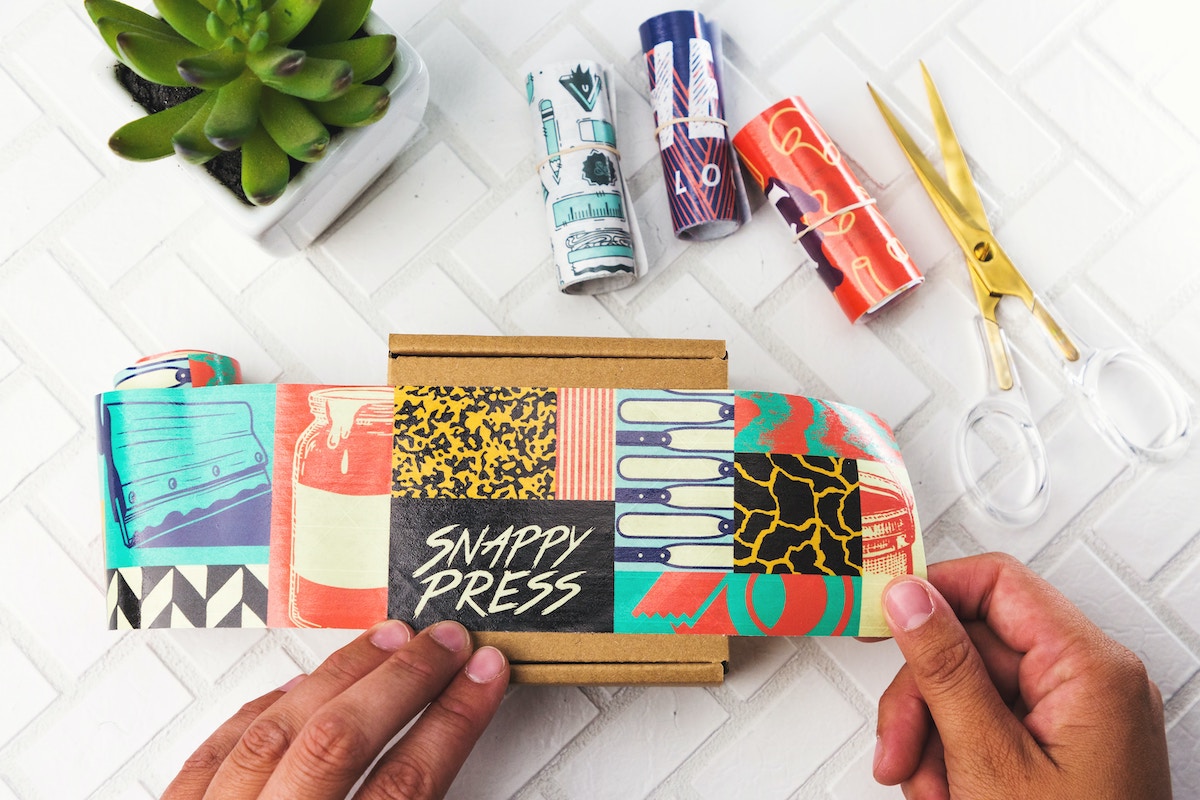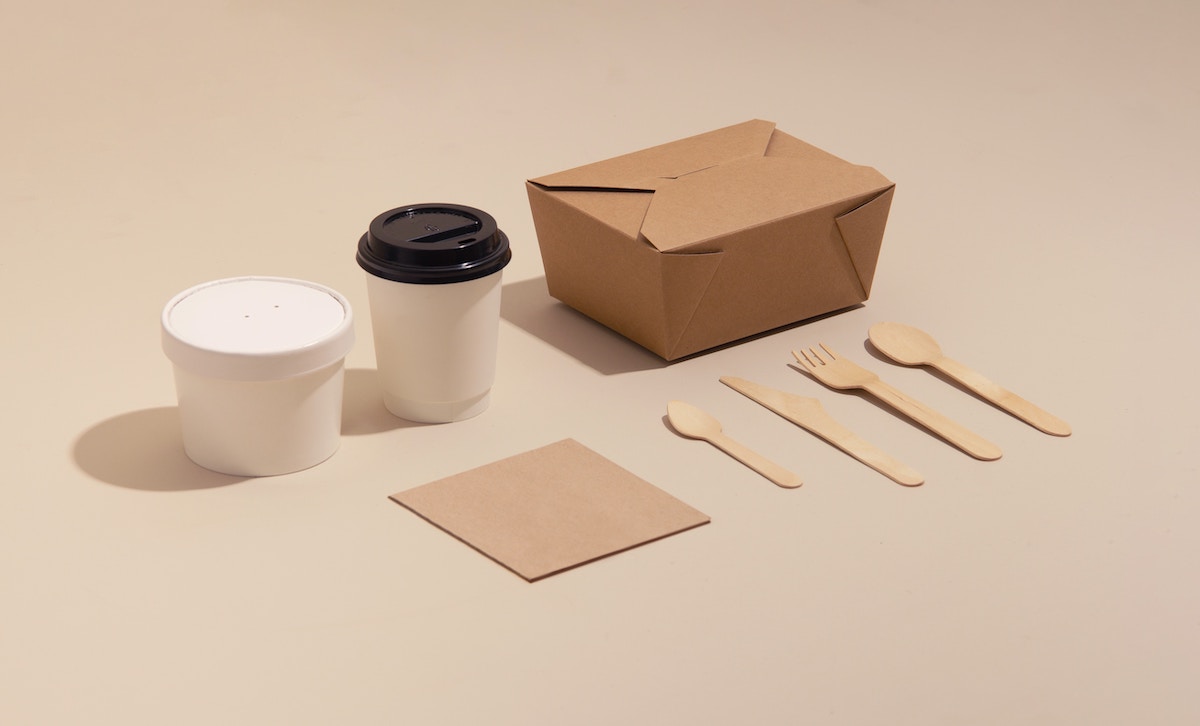Choosing the right packaging materials is a critical decision for any business, as it impacts not only the safety and security of the product but also its environmental impact, branding, and customer experience. In this guide, we’ll cover the different types of packaging materials available and their suitability for different products and industries.
Cardboard and Paper Packaging
Cardboard and paper are popular packaging materials due to their affordability, recyclability, and versatility. They are commonly used for shipping boxes, food packaging, and retail packaging. Cardboard boxes come in various thicknesses and sizes, and they can be customized with printing and branding options to enhance brand recognition.
Plastic Packaging
Plastic is another commonly used packaging material, known for its durability and flexibility. It’s commonly used for food packaging, pharmaceutical packaging, and consumer products. However, plastic has a negative impact on the environment, and many businesses are now exploring eco-friendly alternatives such as bioplastics.
Glass Packaging
Glass is a popular packaging material for beverages, cosmetics, and perfumes. It’s highly durable, has a premium look and feel, and is easy to recycle. Glass is also non-toxic and impermeable, making it suitable for products that require a high level of protection.
Metal Packaging
Metal is commonly used for packaging food and beverages, especially canned goods. It’s highly durable, impermeable, and has a long shelf life. Metal packaging is also easily recyclable, making it an environmentally friendly option.
Wood Packaging
Wood packaging is commonly used for heavy products such as machinery, furniture, and construction materials. It’s highly durable and can be customized to fit specific product dimensions. However, it’s not commonly used for food or retail packaging due to its high cost.
When choosing the right packaging material for your business, consider the product type, weight, fragility, and environmental impact. It’s also important to consider the packaging regulations in your industry and the target audience’s preferences. Finally, don’t forget about the branding and marketing potential of packaging materials, as they can be customized with logos, colors, and designs to enhance your brand image.
In conclusion, choosing the right packaging material is a critical decision for any business. By considering the product type, industry regulations, environmental impact, and branding potential, businesses can select the optimal packaging material that ensures the safety and security of the product, while also enhancing the customer experience and brand image.





